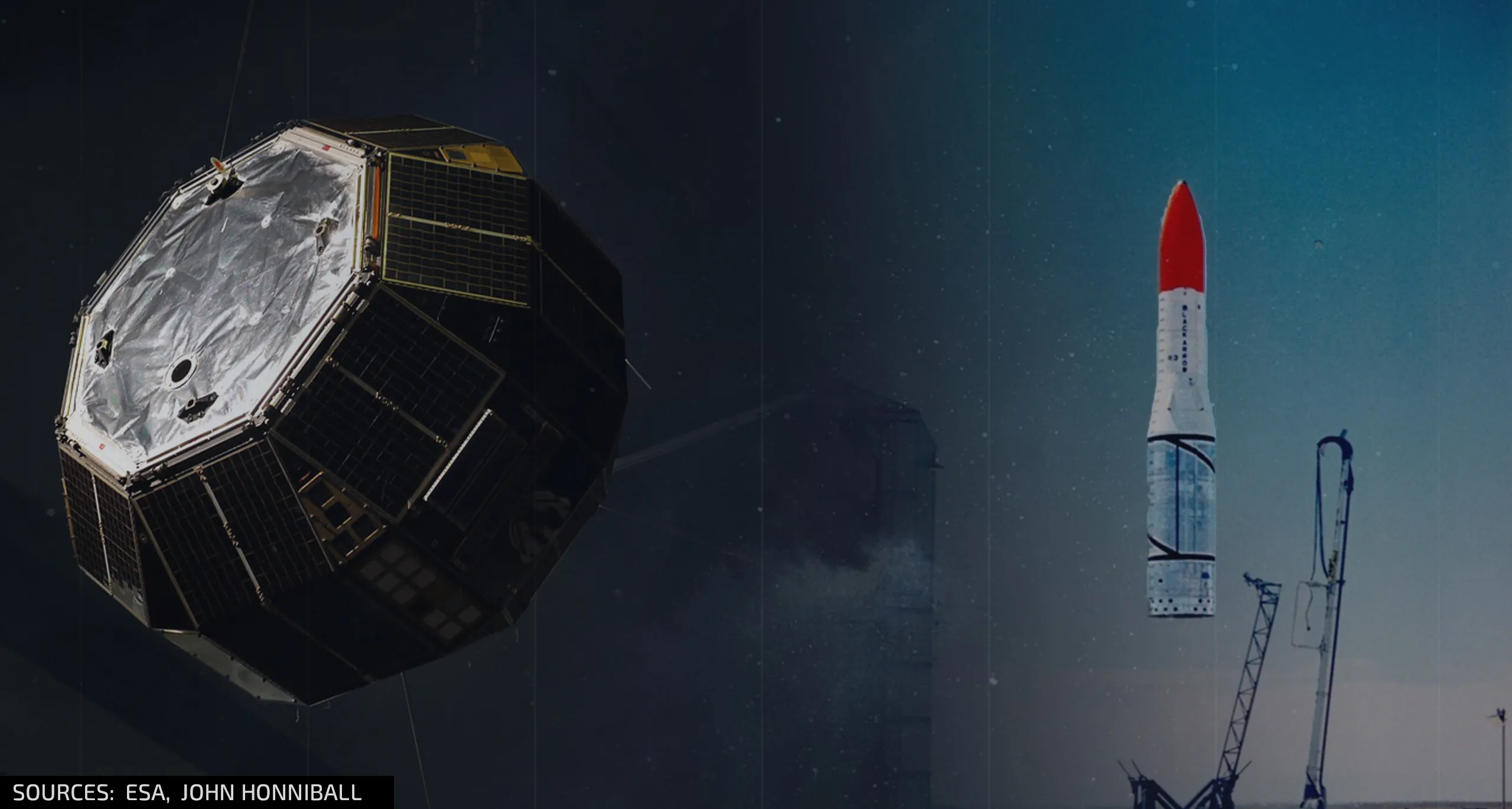UK-led Exoplanet Explorer Receives the Green Light

The UK-led Ariel space telescope received the go-ahead to proceed from the European Space Agency (ESA) earlier this month. The mission is dedicated to surveying planets found beyond our solar system, otherwise known as exoplanets or extrasolar planets, in order to study the formation and evolution of their atmospheres.
A Brief History of Exoplanets
The idea of planets residing outside our solar system has intrigued the human mind for hundreds of years, with philosophers such as Giordano Bruno suggesting their existence since the 16th century. Even though these views have been supported throughout history by other great minds such as Isaac Newton’s, it was only at the beginning of the 20th century when astronomers were able to capture possible evidence of planets orbiting other stars. Moreover, the first confirmed discovery of exoplanets was announced on January 9th 1992, when radio astronomers Aleksander Wolszczan and Dale Frail observed three planets orbiting the rapidly rotating PSR B1257+12 pulsar. Later on, in 1995 astronomers Michel Mayor and Didier Queloz discovered the first extrasolar planet orbiting a Sun-like star located 50.45 light-years away from Earth (51 Pegasi). With these discoveries a new field of astronomy was opened and the study of exoplanets became one of the most exciting and dynamic research fields in astronomy, with over 4374 exoplanets discovered to date.
Ariel, the Exoplanet Explorer
As our understanding of exoplanets continues to grow, different methods are constantly developed in order to detect and study these celestial objects. To this end, the Ariel (Atmospheric Remote-sensing Infrared Exoplanet Large-survey) project was born. Ariel aims to provide answers to fundamental questions in planetary sciences, by surveying a sample of around 1000 extrasolar planets orbiting different types of stars within our galaxy. The collected data will lead to a better understanding of the dependencies between a surrounding environment and a planet’s chemistry, which in turn will provide valuable information regarding the formation and evolution of planetary systems.
The spacecraft has already passed major technical feasibility reviews and is designed to have a mission lifetime of 4 years. Over the past 5 years, a consortium of over 50 institutes from 17 countries have worked together towards developing the scientific goals of the mission and the design of the instrumentation, with the UK playing a major role both scientifically and technically. Specifically, the Ariel scientific mission is led through the project’s Principal Investigator, Prof. Giovanna Tinetti at University College London, while the overall payload development coordination is led by the Ariel Payload Consortium Project Manager, Paul Eccleston, Chief Engineer at STFC RAL Space. The UK institutions playing a critical role in the development of Ariel include: the Science and Technology Facilities Council’s (STFC) RAL Space, the Technology Department and UK Astronomy Technology Centre, University College London, Cardiff University and the University of Oxford. Moreover, the UK Space Agency has already dedicated over £3.5 million for funding the mission, with further funds being reviewed.
Science Minister for the UK Government, Amanda Solloway said the following in regards to the Ariel mission:
“Thanks to government funding, this ambitious UK-led mission will mark the first large scale study of planets outside the Solar System, and will enable our leading space scientists to answer critical questions on their formation and evolution. […] It is a testament to the brilliant work of the UK space industry, our incredible scientists and researchers led by University College London and RAL Space and our international partners that this mission is ‘lifting off’. I look forward to watching it progress towards launch in 2029.”
With a launch mass of approximately 1300 kg, the Ariel spacecraft is scheduled to launch in 2029 on board the Ariane 6-2 vehicle, with the destination set for Sun-Earth Lagrange Point 2 (L2). The project puts the UK at the heart of exoplanet research, moving the entire scientific community one step forward, from object discovery towards exoplanet characterisation.
References:
1. Amos, J., 2020. Europe Moves Ahead With Ariel Exoplanet Mission. [online] BBC News. Available at: https://www.bbc.co.uk/news/science-environment-54917151 [Accessed 19 November 2020].
2. Ariel Space Mission. n.d. Ariel Space Mission. [online ] Available at: https://arielmission.space/ [Accessed 19 November 2020].
3. Eso.org. n.d. Exoplanets Press Kit. [online] Available at: https://www.eso.org/public/archives/presskits/pdf/presskit_0005.pdf [Accessed 19 November 2020].
4. Exoplanet.eu. 2020. The Extrasolar Planet Encyclopaedia — Catalog Listing. [online] Available at: http://exoplanet.eu/catalog/ [Accessed 19 November 2020].
5. GOV.UK. 2019. Ariel - Case Study. [online] Available at: https://www.gov.uk/government/case-studies/ariel [Accessed 19 November 2020].
6. GOV.UK. 2020. UK-Led Space Telescope To Unravel Mysteries Of The Cosmos. [online] Available at: https://www.gov.uk/government/news/uk-led-space-telescope-to-unravel-mysteries-of-the-cosmos [Accessed 19 November 2020].
7. Horner, J., et al., 2020. Solar System Physics for Exoplanet Research. Publications of the Astronomical Society of the Pacific, [online] 132(1016), p.102001. Available at: https://iopscience.iop.org/article/10.1088/1538-3873/ab8eb9/pdf [Accessed 19 November 2020].
8. Ralspace.stfc.ac.uk. 2018. RAL Space ARIEL Exoplanet Mission Selected As ESA’S Next Medium-Class Science Mission. [online] Available at: https://www.ralspace.stfc.ac.uk/Pages/ARIEL-exoplanet-mission-selected-as-ESA’s-next-medium-class-science-mission.aspx [Accessed 19 November 2020].
9. Ukri.org. 2020. UK-Led Space Telescope Set To Explore Exoplanets – UKRI. [online] Available at: https://www.ukri.org/news/uk-led-space-telescope-set-to-explore-exoplanets/[Accessed 19 November 2020].
10. Wolszczan, A. and Frail, D., 1992. A planetary system around the millisecond pulsar PSR1257 + 12. Nature, [online] 355(6356), pp. 145-147 . Available at: https://www.nature.com/articles/355145a0 [Accessed 19 November 2020].



